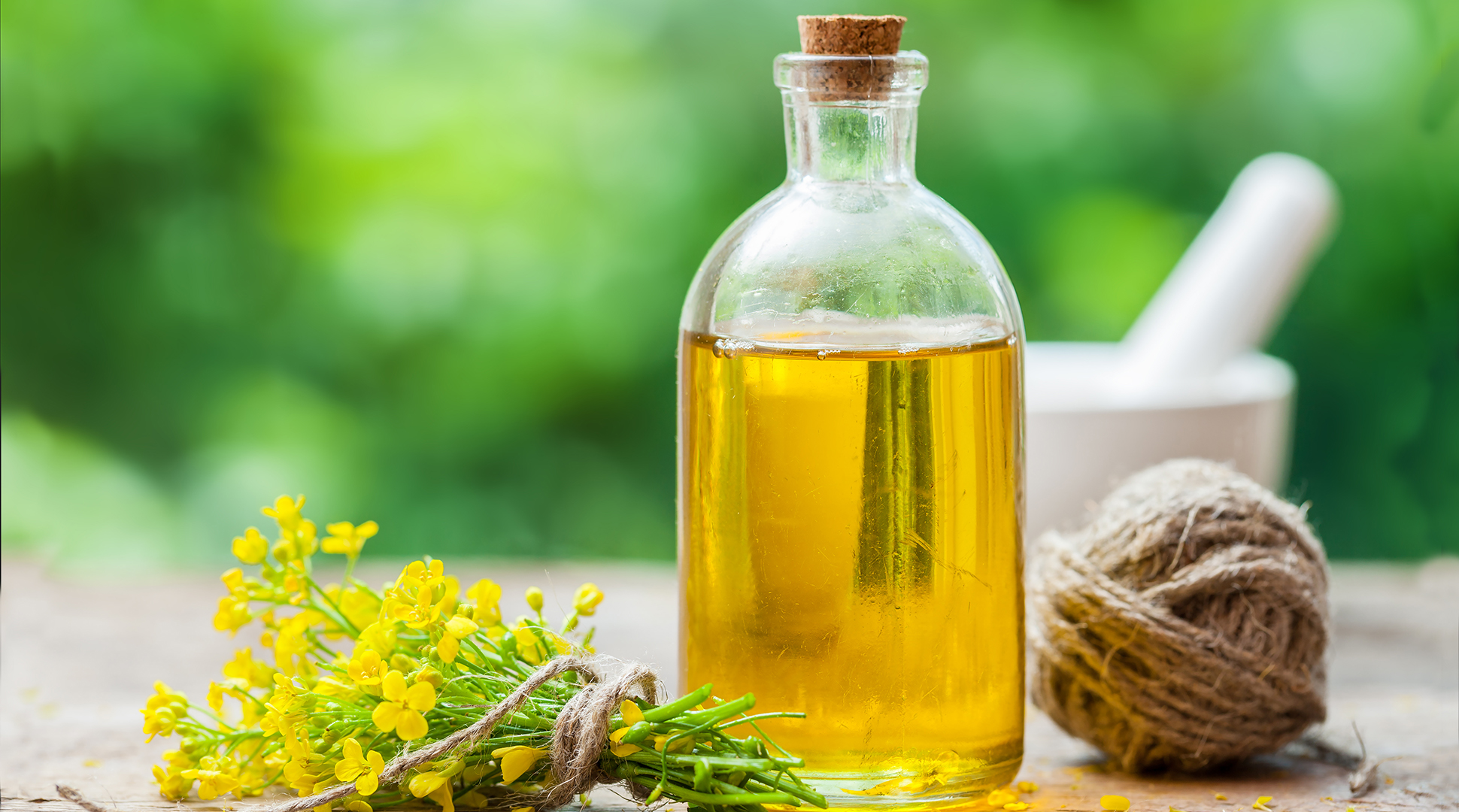By Elizabeth Meyer, RD, LRD
Here’s the scenario: You’ve decided it’s spring, it’s time to eat healthier so you order a salad packed with antioxidant rich veggies and the perfect portion of lean protein, keeping all calories in check – BUT – do you pick regular salad dressing or fat-free? Which one is a better pick?
Fats bad, right? We should avoid it? Or do we need it? It makes things taste so much better!
Fat was considered “bad” for a long time; now some time has passed, and we’ve learned fat is actually good for us – if we eat the right kind - you knew there would be a catch, didn’t you?
How fats are named basically comes down to chemistry, I’m TERRIBLE at chemistry so we’ll break this down in an easier fashion.
We’ll start with the bad fat. I don’t want to linger here. I’d rather discuss things we should be eating.
Trans Fats: the good news on this, trans fats have now been banned in the U.S. due to the fact that they have no known health benefits and there’s no safe level of consumption. Trans fats work against us, raising our bad cholesterol (LDL’s) and lowering our good cholesterol (HDL’s).
Saturated fats are found in meat, dairy and baked goods; they are solid at room temperature and are okay to eat in moderation. Studies have shown these aren’t as dangerous as we once thought. Which is great news considering grilling season is among us and I support eating steak, especially grilled.
The Good Fats: monounsaturated, polyunsaturated and the ever-popular omega fatty acids. These fats are actually an essential nutrient (read: we need them).
How fat helps us:
• Major energy source
• Helps absorb vitamins and minerals (all the more reason to use full fat dressing on your salad)
• Protects cells and nerves
• Inflammation, blood clotting and even muscle movement
Monounsaturated fats include olive, canola (a North Dakota product) and peanut oil. These fats are the healthiest of all. Include these in your diet. My personal fave is canola oil (N.D. product, not as strong tasting as olive oil and its less expensive – win!!). You can also include avocados, olives and nuts.
Polyunsaturated fats are next on my list of healthy fats. Again, the fancy name comes from its chemical makeup, I barely understood (if at all) it while taking chemistry, and I haven’t become an expert since then. So, I’ll just tell you where you can find these fats; flaxseeds (again, a N.D. product), soybean oil, walnuts and fatty fish. Omega 3s fall under this category as well – this is why fatty fish is an important asset in your diet! These fats can protect against memory loss, reduce your risk of heart disease, stroke and cancer, can help with arthritis and inflammation and crucial in a healthy pregnancy.
We’re not perfect, and sometimes we’re getting our fats from deep fried foods or a candy bar or some fancy dessert and that’s okay. But we need to include healthy fats on a daily basis. So, when you’re ordering that salad, go ahead and order the full fat dressing – just order it on the side and watch how much you use, or add some avocado to your salad or sandwich and when you’re cooking try some olive oil or canola oil instead of using butter. You might just like it and your heart will thank you later!
Elizabeth is a registered dietitian and wellness education specialist at Blue Cross Blue Shield of North Dakota. She blogs for OYT once a month.
